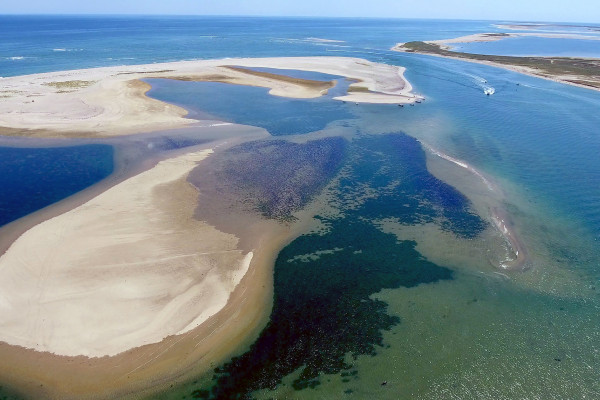
Photo Courtesy of Christopher Seufert
By John Pappalardo
The year was 2000. The fisheries for the entire West Coast of the United States was declared a federal disaster.
More than 90 species were in the plan and eight were in big trouble. Some of the stocks sound familiar to us, like sole or whiting or ling cod. But a lot of them were fish we don’t see; rockfish – canary, darkblotched, widow — Pacific Ocean perch. Many of them live in deep water and are slow to mature, so scientists and regulators were saying that the timeline for a recovery, no matter what we did or didn’t do, could be as much as 100 years. They realized we had targeted and celebrated catching the very fish that did the most to keep stocks replenished, what they called the BOFFF, the Big Old Fat Female Fish, and so now the natural cycles of revival would not turn.
Ring a bell?
There are more similarities between East Coast and West Coast. Both areas have a mixed fishery, often catching more than one species per trip because life in the ocean doesn’t exist in silos. That makes efforts to control what’s caught and coming ashore even more difficult. And speaking of control, both coasts have the same basic management structure, a fisheries council that defines policy and sends those recommendations into the federal government to be implemented and enforced.
But here’s where the comparison moves into differences:
The Pacific Fisheries Management Council came to the conclusion that if it was going to accept its legal mandate, which is that the fishery – a public resource after all, a public responsibility — must be rebuilt, then it had to become aggressive about doing that.
What did that mean?
Step one was that there needed to be a level playing field and accountability within the industry. Fishermen who were working by the rules, reporting what they caught, fishing clean, not hiding and discarding fish they couldn’t sell, needed to be supported and given a fighting chance. Like it or not, that meant monitoring what was going on at sea, bringing on federal observers or cameras to document and enforce. And monitoring couldn’t be haphazard. It needed to become part of the industry, part of doing business, 100 percent.
Meanwhile, when scientists did their work to assess stocks, they partnered with industry itself. Fishermen ran the boats and gear, which built trust in the process. There was no credibility gap.
Before long gear modifications came into play. Fishermen took on new equipment that was more selective, more targeted. With monitoring in place, the incentives for that became obvious, and there was other encouragement too, financial support and better access to areas where cleaner fishing made sense.
The Pacific council also began to get serious about what we call ecosystem based management, thinking about the ocean as a whole rather than regulating stock by stock. This created a better framework and smarter allocations of resources and quotas. Areas that were spawning habitat closed, even if that meant shutting fishermen out of productive, crucial grounds.
There were hard times, pain and sacrifice. Some fishermen went out of business. The fleet got smaller. There were controls put on how much consolidation could take place, how much any one person or group could buy up the historic small-boat industry, but they didn’t always work and there was a lot of bitterness. Industry-funded or other buyouts of fishing businesses offered support, but didn’t replace the way of life for those who couldn’t keep on.
Now fast forward, and here’s the good news: From the Canadian border to southern California, the industry has stabilized, and rebuilt. That’s not true everywhere, for everyone, but overall it is. The West Coast fishery is now acknowledged as one of the best and strongest in the world. And that’s because stocks have come back much faster and better than people expected scientists thought it might take until 2084 to get back to full health, but now no species is being overfished, and the last to fully recover should be there by 2024. The management actually worked. Better accountability, better fishing practices and policies, accomplished the goal.
Here in New England, we haven’t worked our way up and out of the trough, not yet. But we know how to do it, we can see proof that it can happen, and we’re getting there.
(John Pappalardo is CEO of the Cape Cod Commercial Fishermen’s Alliance)
